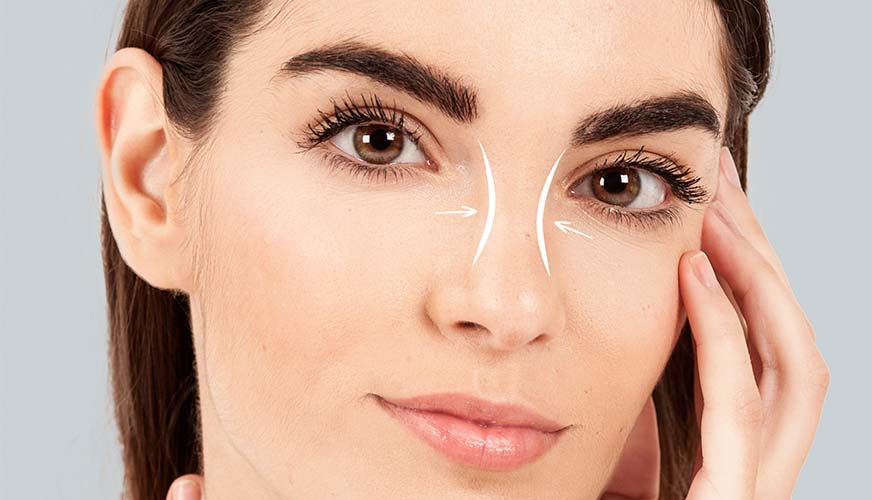22 August 2024
Nasal septum curvature surgery
- 1453
- 15 August 2024
About the history of Rhinoplasty (Nose Surgery).
The first operations on rhinoplasty (nose surgery) were performed many centuries ago in ancient Arabia, India, and Iran. The nose reconstruction technique has gone through 3 stages in its historical development. Phase 1 began in India around 1000 BC. At this stage, surgeons used pieces of tissue taken from the forehead, cheek, and ear for rhinoplasty (nose aesthetics). The second stage of development of rhinoplasty (nose surgery) took place in Europe from 1450 to 1760, when skin pieces from the hands and cheeks were used, and at the same time, the technique of taking pieces from the forehead was improved. The 3rd development stage of rhinoplasty (nose aesthetics) began in 1760. The use of skin pieces with a lining and a support has been started, the issues related to the creation of a bone support and the restoration of the mucous membrane of the nose have been studied. Extensive scientific literature dedicated to rhinoplasty (nose aesthetics) has appeared.
Rhinoplasty (Aesthetic Nose Surgery) in ancient times
The first mention of rhinoplasty (nose surgery) can be found in the ancient Indian manuscript Susrutas Ayur Veda. Ayurveda ("Knowledge of Life") is an ancient Indian literary monument. Based on it, it is possible to get an idea about Ancient Indian medicine. Ayurveda is almost the first medical work in which the collected knowledge is based on scientific research. However, during the course of the disease, more space was devoted to intervention and the power of divine, supernatural forces in their treatment, and religious rites were described. This work was created gradually over many decades. The ancient editor of "Ayurveda" belongs to doctor Atrey, the later editor to doctor Kharakey (Charakeya), and the more preserved editorship belongs to Sushrite. "Sushrita-samkhita" is a treatise on surgery. Indian surgeons have achieved significant success in maintaining sterility during operations and skillfully used surgical instruments. They mastered the technique of restoring noses, ears, and lips that were lost and mutilated in battles or according to a judge's verdict. During rhinoplasty (aesthetic surgery of the nose), they restored the nose using cheek skin. Later, they took the graft from the forehead. For this, they cut a piece of skin from the part that was fed from the forehead. Blood circulation was maintained in the fabric, which made it adapt quickly. The disadvantage of this method was that a scar remained where the skin was removed. Indian surgeons mastered the technique of rhinoplasty (nose surgery). This technique has been improved over time. British scientists J.Findey and T.Crusso describe the rhinoplasty (nose aesthetic) operation they saw in Bombay in 1494. English military surgeon Lucas learned to perform rhinoplasty (nose aesthetic) operation and later applied Indian technology and performed many operations on patients.




